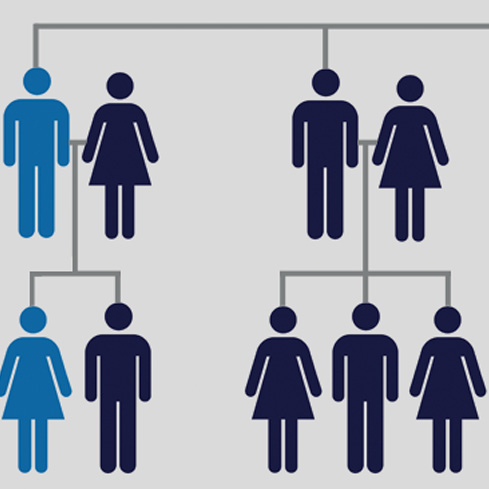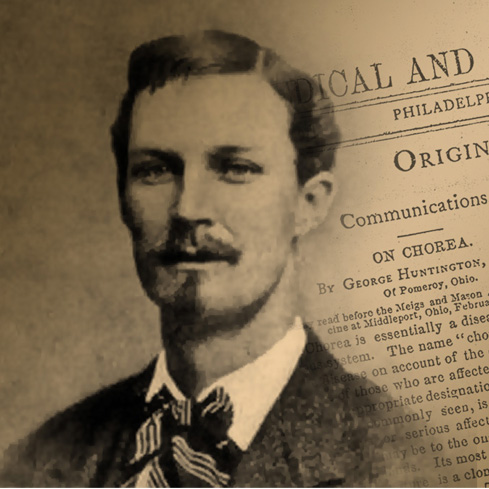History and Genetics of Huntington's Disease
Reports on the neuropathology of chorea in adults appeared as early as the 1870s, with researchers generally agreed that the basic lesion was located in the basal ganglia. However, there was little agreement on its cause and relatively little progress for decades. The confluence of several developments in the 1960s radically transformed this bleak research landscape. First, the discovery of L-DOPA and its benefits for patients with Parkinson’s disease spurred an international gathering of neurologists in 1967 to organize a Research Group on Huntington’s Chorea. Second, the rise of social movements in the 1960s challenged the legacy of eugenics and encouraged members of families with Huntington’s to become active on their own behalf. Activists such as Marjorie Guthrie spearheaded efforts to improve care as well as to interest scientists in research. With revolutionary advances in molecular genetics and neuroscience, biomedical interest in Huntington’s expanded. New technologies of gene mapping opened up possibilities for identifying — and perhaps disabling — the aberrant gene. New modes of imaging offered possibilities for understanding — and potentially intervening in — the sequence of pathological changes in the brain.

OVERVIEW OF HUNTINGTON’S DISEASE
Huntington’s disease (HD) is a fatal genetic disorder that causes the progressive breakdown of nerve cells in the brain. It deteriorates a person’s physical and mental abilities and has no cure. >

WHO IS AT RISK
Every child of a parent with HD has a 50/50 chance of inheriting the expanded gene that causes the disease. If the child has not inherited this expanded gene, he or she will never develop the disease. >

GENETIC TESTING FAMILY PLANNING
People at-risk for the disease face a difficult choice about genetic testing for HD. Some see no benefit in knowing that they will someday develop the disease. Others want an end to uncertainty to make informed choices. >

JUVENILE ONSET HD (JHD)
In approximately 10% of cases, HD affects children or adolescents. The symptoms of Juvenile HD (JHD) are somewhat different than adult onset HD and may include stiff or awkward walking, increased clumsiness or changes in speech. >

HISTORY OF HUNTINGTON’S DISEASE
George Huntington was an American physician who contributed the clinical description of the disease in 1872. Learn more about Dr. Huntington and the early efforts to understand HD. >

